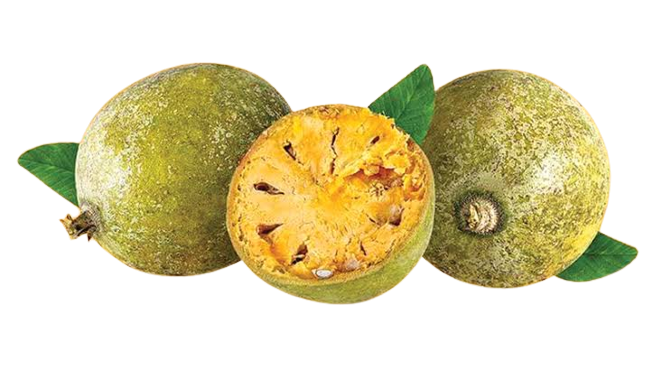Bael plant/Stone apple/Bilva - Health benefits, application, chemical constituents, side effects and many more

Bael plant/Stone apple/Bilva According to the historical records, bael is used as a medicinal and food item since 5000 B.C. and known to human beings even when writing the famous Sanskrit epic-poem Ramayana. Bael mentioned in the renowned book Charaka Samhita, a comprehensive compilation of all the essential ayurvedic information, which identified bael as a necessary item in ayurvedic medicine. The tree is aromatic, and all the parts are medicinally important. Fruits, leaves, bark, roots, and seeds are used in ayurvedic medicine systems to treat various ailments. It is extensively described in Indian literature, since Vedic period. It is one among the Dashamoola herbs (Group of ten roots). It shows antimicrobial, antioxidant, hypoglycemic, astringent, antidiarrheal, antidysenteric, immunomodulatory, antiproliferative, demulcent, analgesic, anti-inflammatory, antipyretic, wound-healing, antidiabetic, insecticidal, and gastroprotective properties. ...

.jpeg)
.jpeg)